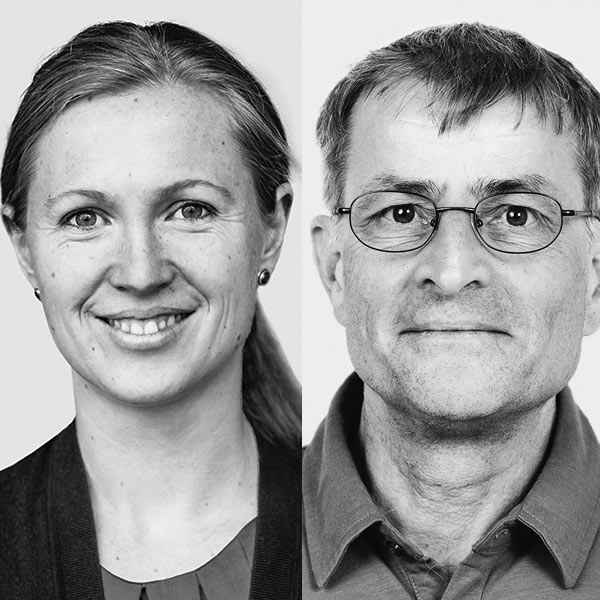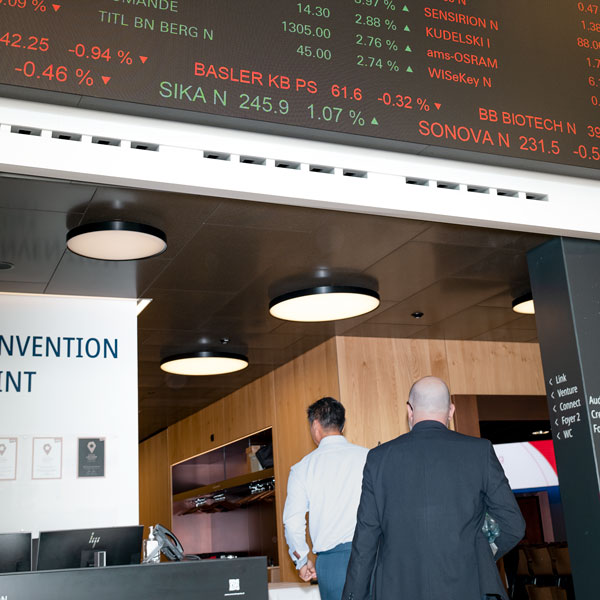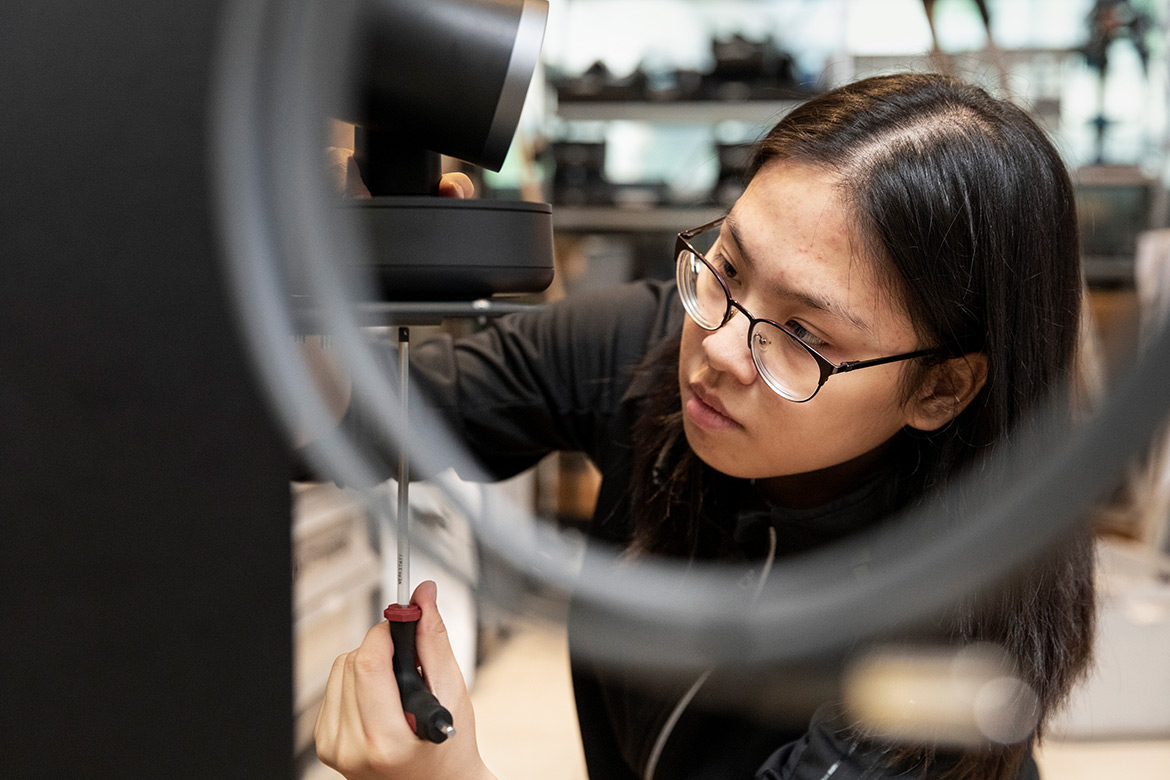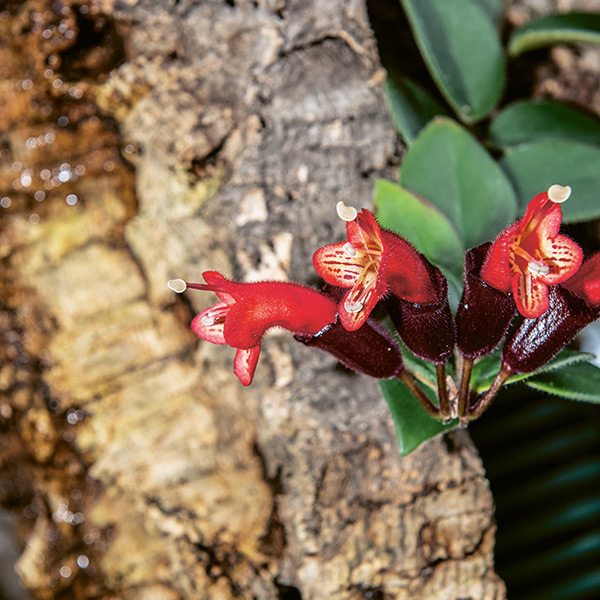INTERVIEW
“We need specialised journalists, like we have in sport”.
Science journalism has shown its central role during the pandemic, says Huma Khamis Madden, who covers research for the radio station RTS La Première.
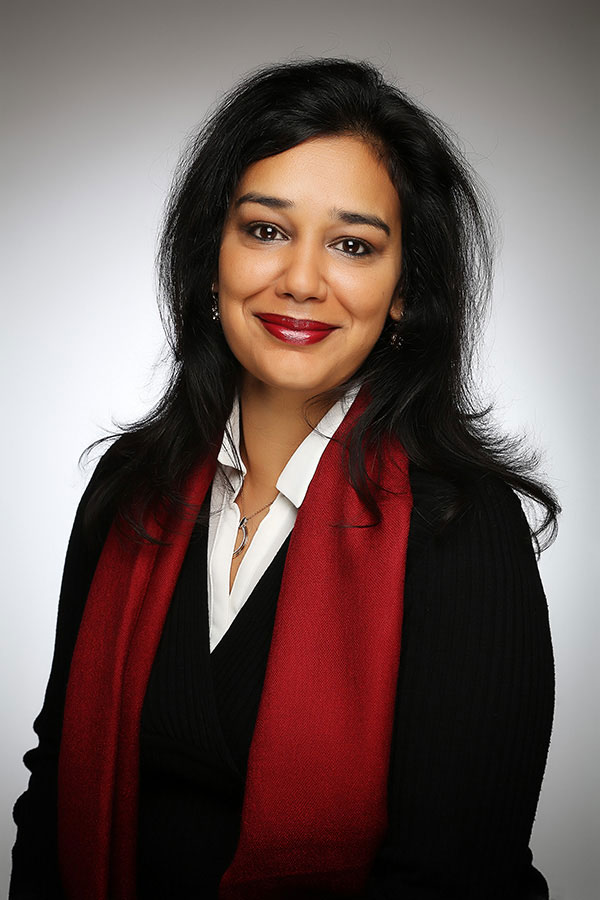
Huma Khamis Madden works as a journalist for CQFD, the science and health broadcast on RTS La Première. | Image: zVg
Huma Khamis Madden is a journalist for the science and health broadcast CQFD (trans. QED) on the radio station RTS La Première. As Vice-President of the Swiss Science Journalism Association, she is committed to her profession, which has proven to be essential in recent months. At the same time, however, it was also an early victim to the broader crisis in traditional media.
Huma Khamis Madden, were you satisfied to see the important role played by science journalism during the pandemic?
No, I actually felt very frustrated, because the number of science journalists in Switzerland has been decreasing over the last decade, complicating the task of making science digestible for the public. The pandemic is a good example; at the beginning, we wanted to do a story on R0 (Ed., the basic reproduction number), but we were afraid that with so few science journalists, this notion would be too technical and too complex to explain to the public.
How many science journalists are there at RTS?
At CQFD there are 12 of us, working to the equivalent of seven full-time staff. At the height of the epidemic, two of us were dedicated to it alone. For general news, the number of staff tripled, which was a welcome event, but many media outlets failed to increase their usage of science journalists.
Does the public really realise this?
Yes, I think so. Our programme has had large audiences during the pandemic. We’ve received a lot of e-mails and questions. And, deep down, it feels normal: you need specialised journalists for sports, the weather or the economy, just like you also need them to understand the issues surrounding hydroxychloroquine or vaccines.
Has your status in the newsroom improved?
Yes, our opinions were taken more frequently into account because a triage had to be performed on the enormous flows of scientific information: How solid is a publication? What distinguishes a news item based on a preprint from one based on a peer-reviewed article?
Does freely available information, like that of Horizons and RTS, destroy science journalism?
Nothing is free. RTS and Horizons are both public media, financed by taxpayers. But, yes, it’s true some free media, e.g., 20 Minutes, don’t have the means to cover these subjects.
What are our future needs in terms of expertise?
Upcoming challenges will certainly include the environment and ecology. And that’s not to mention others, as Switzerland’s research diversity is enormous. Science journalism must become a habit and not be reserved for the specialist press.

